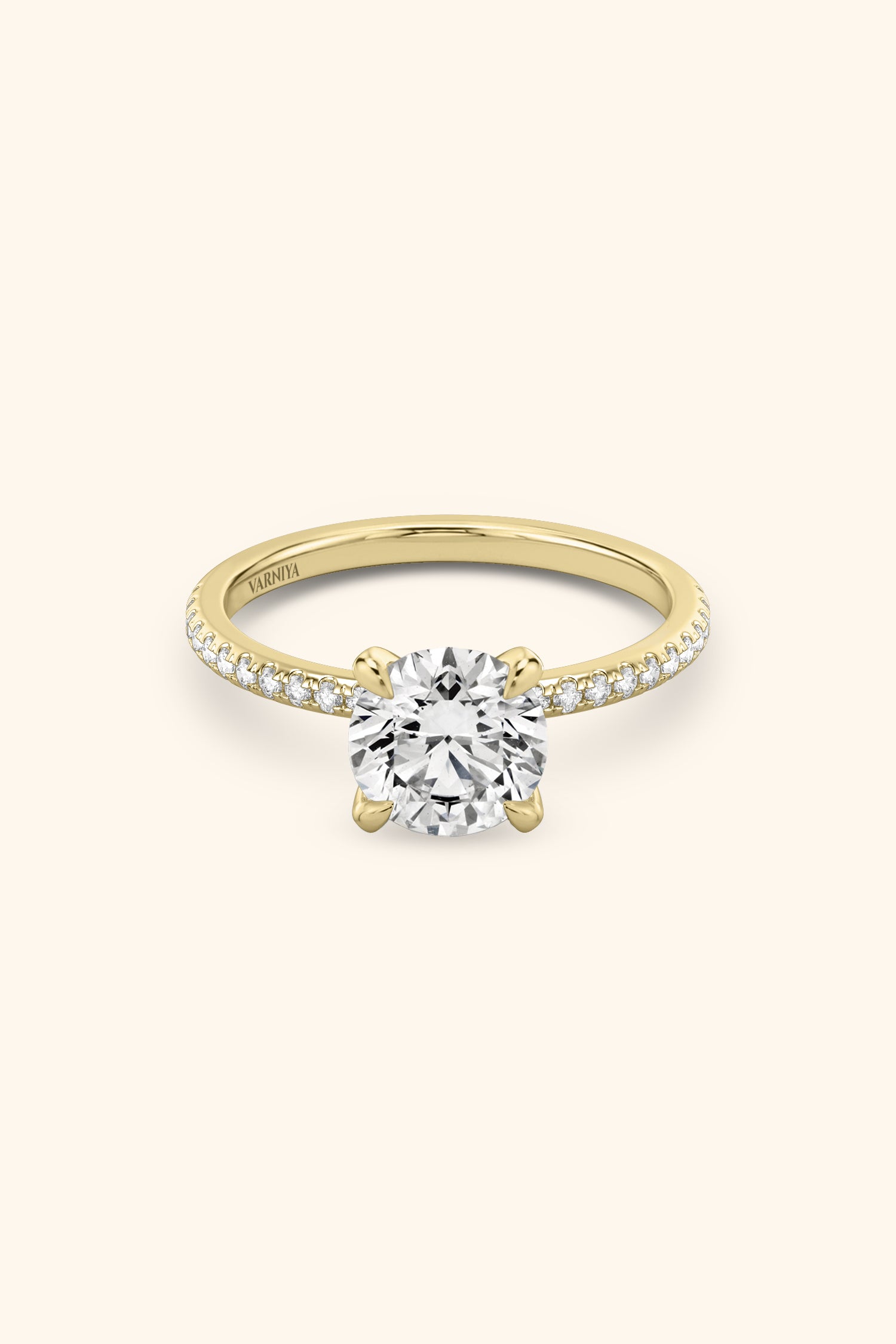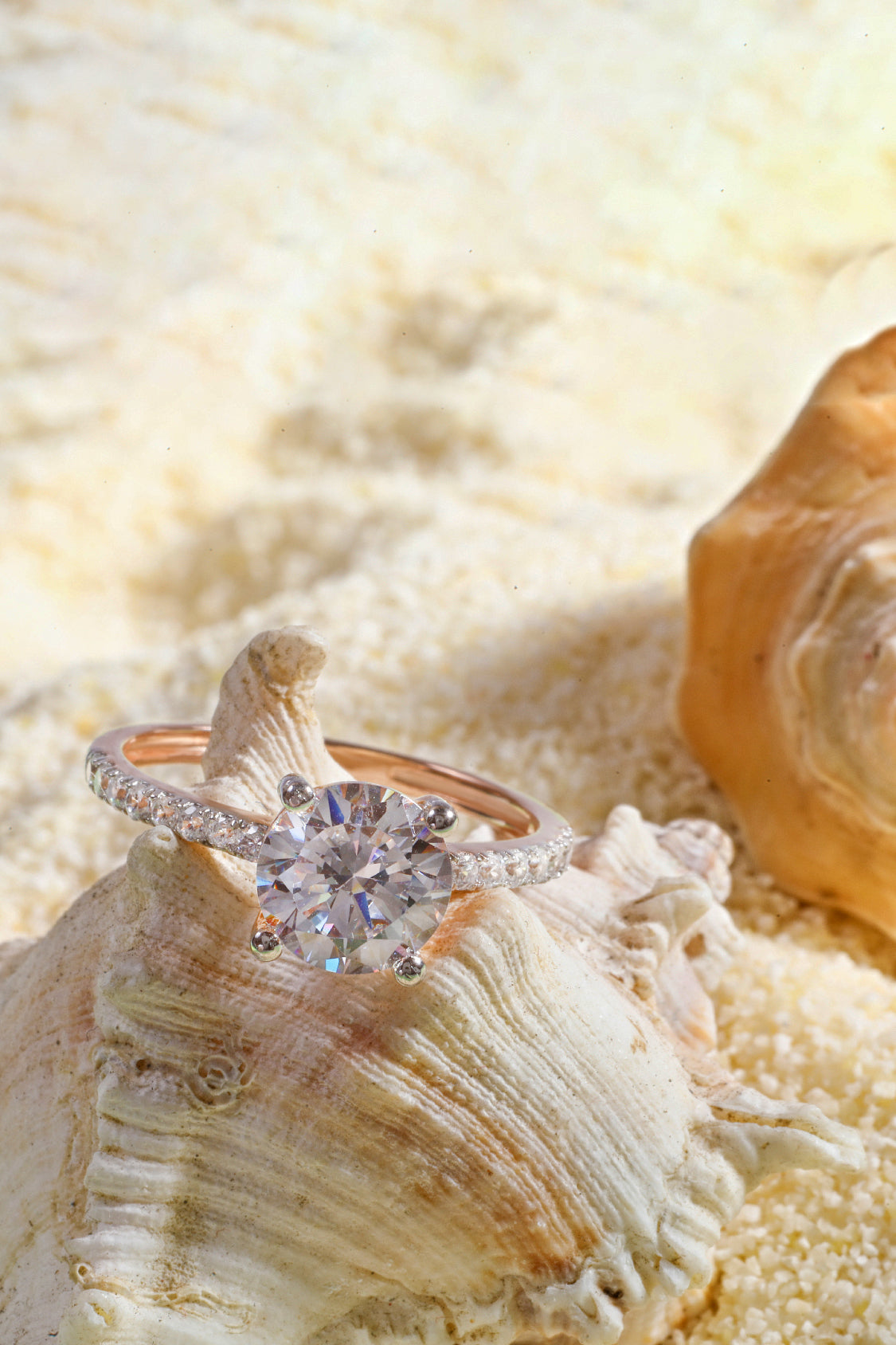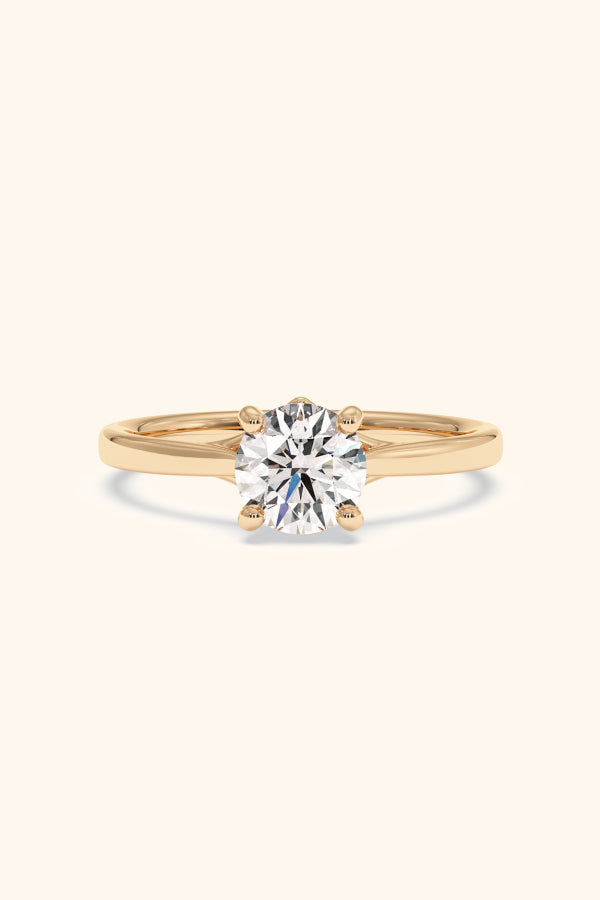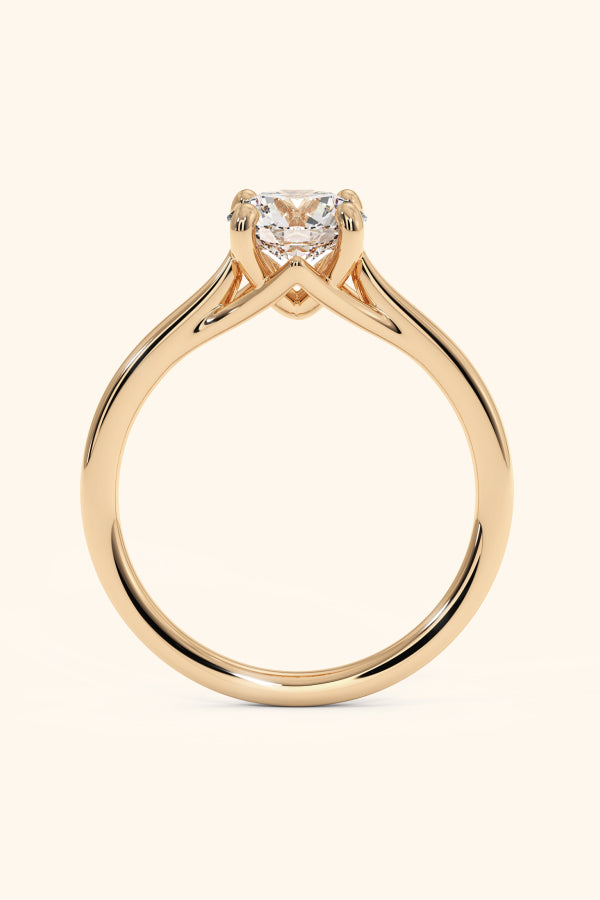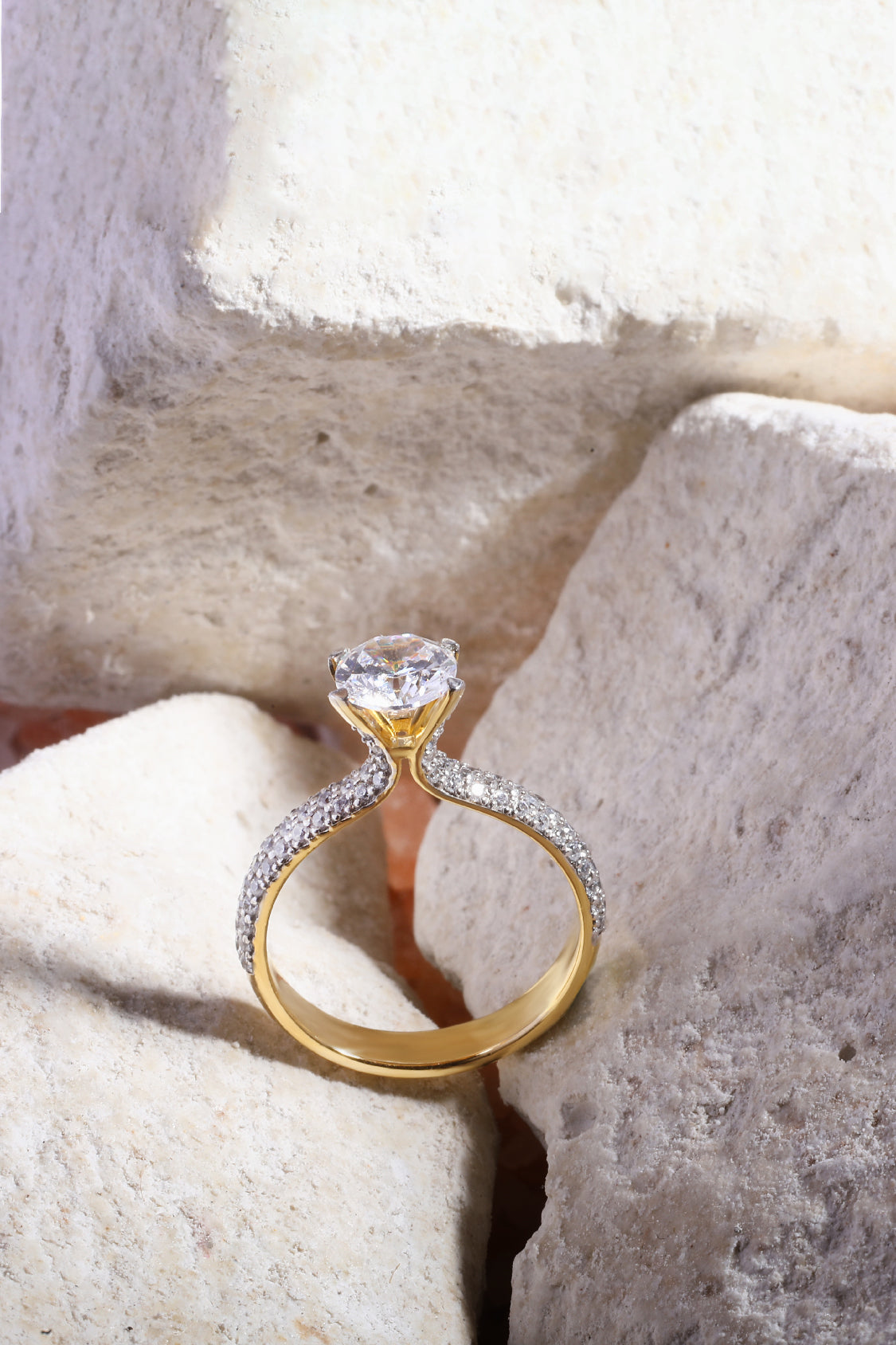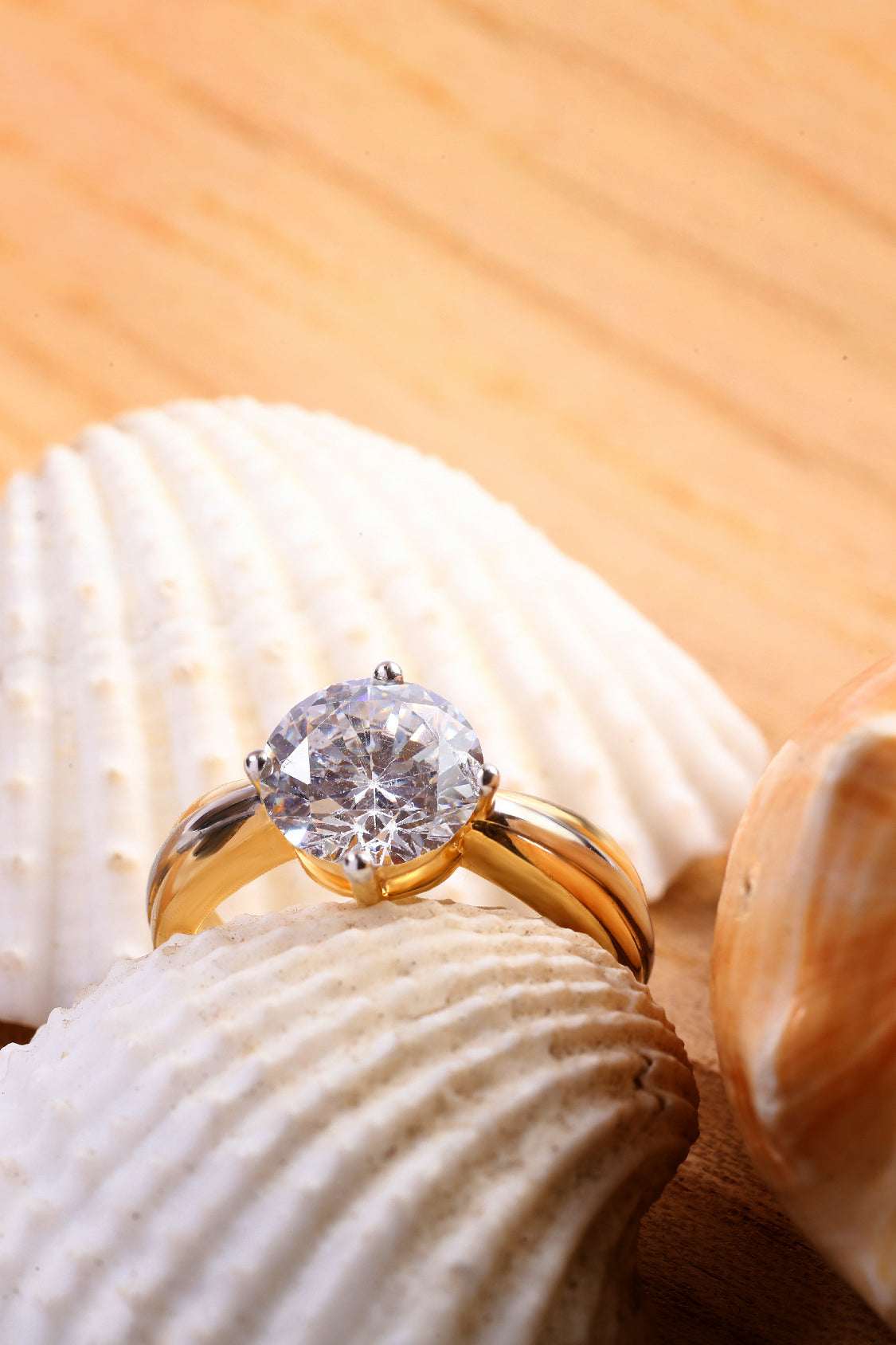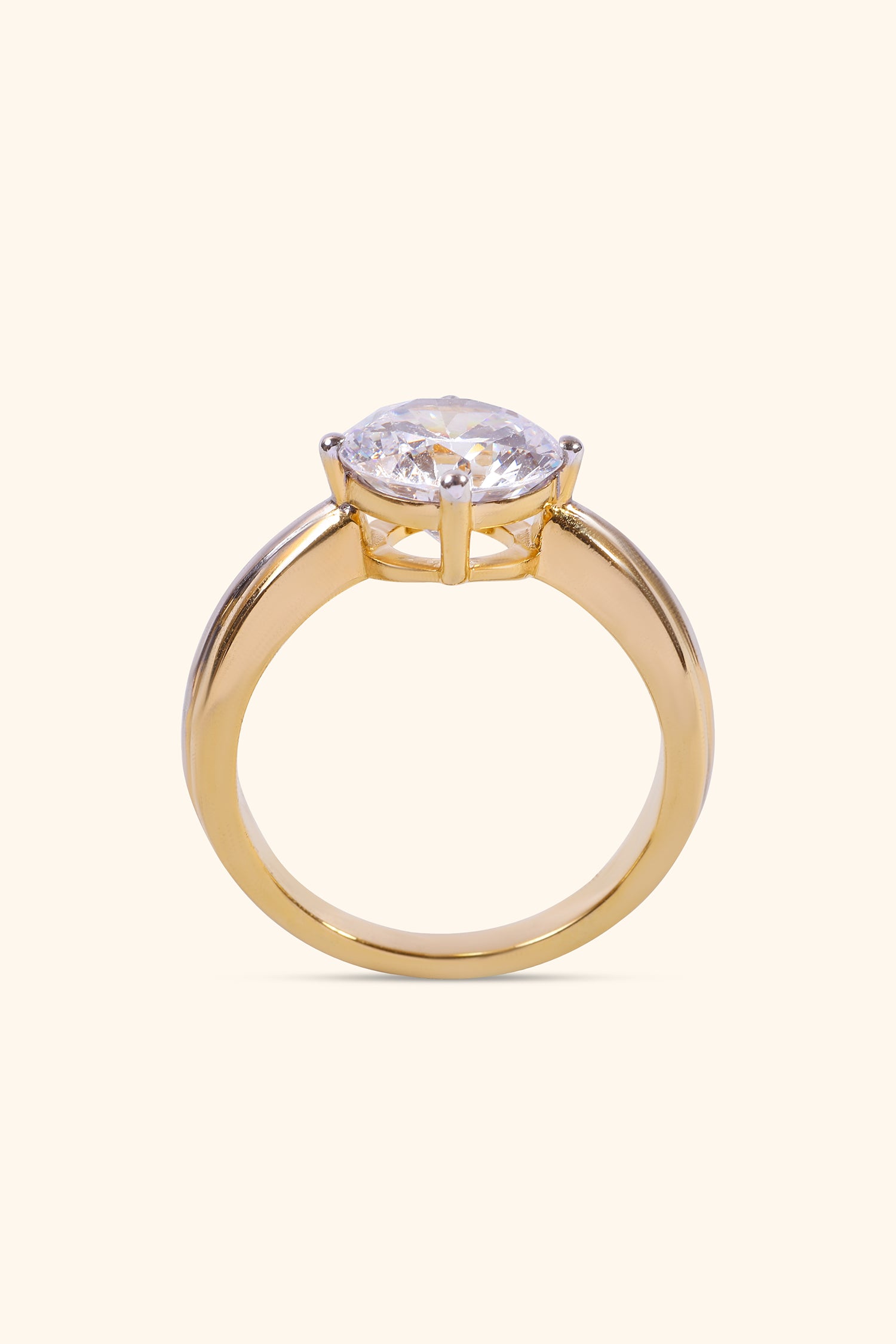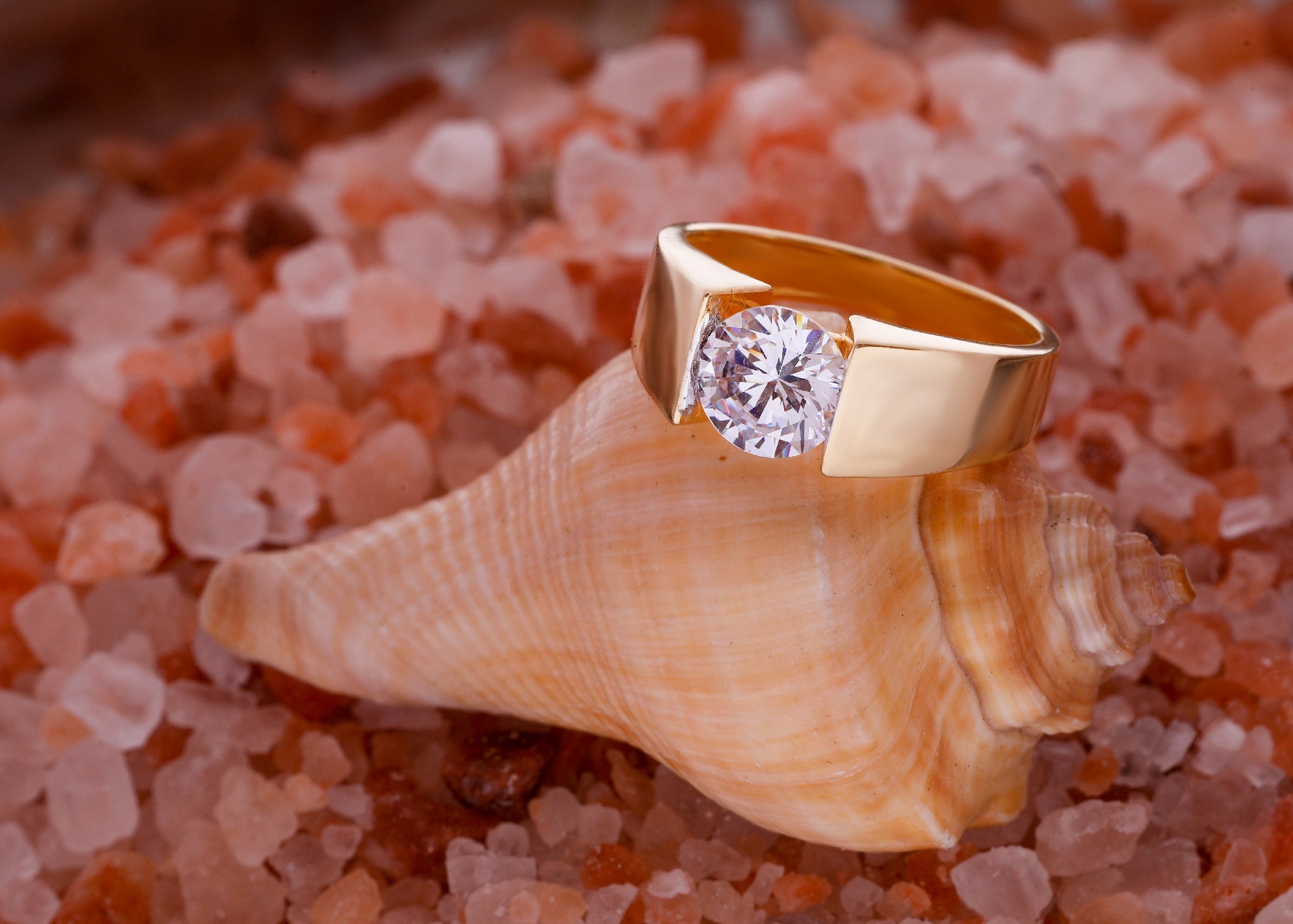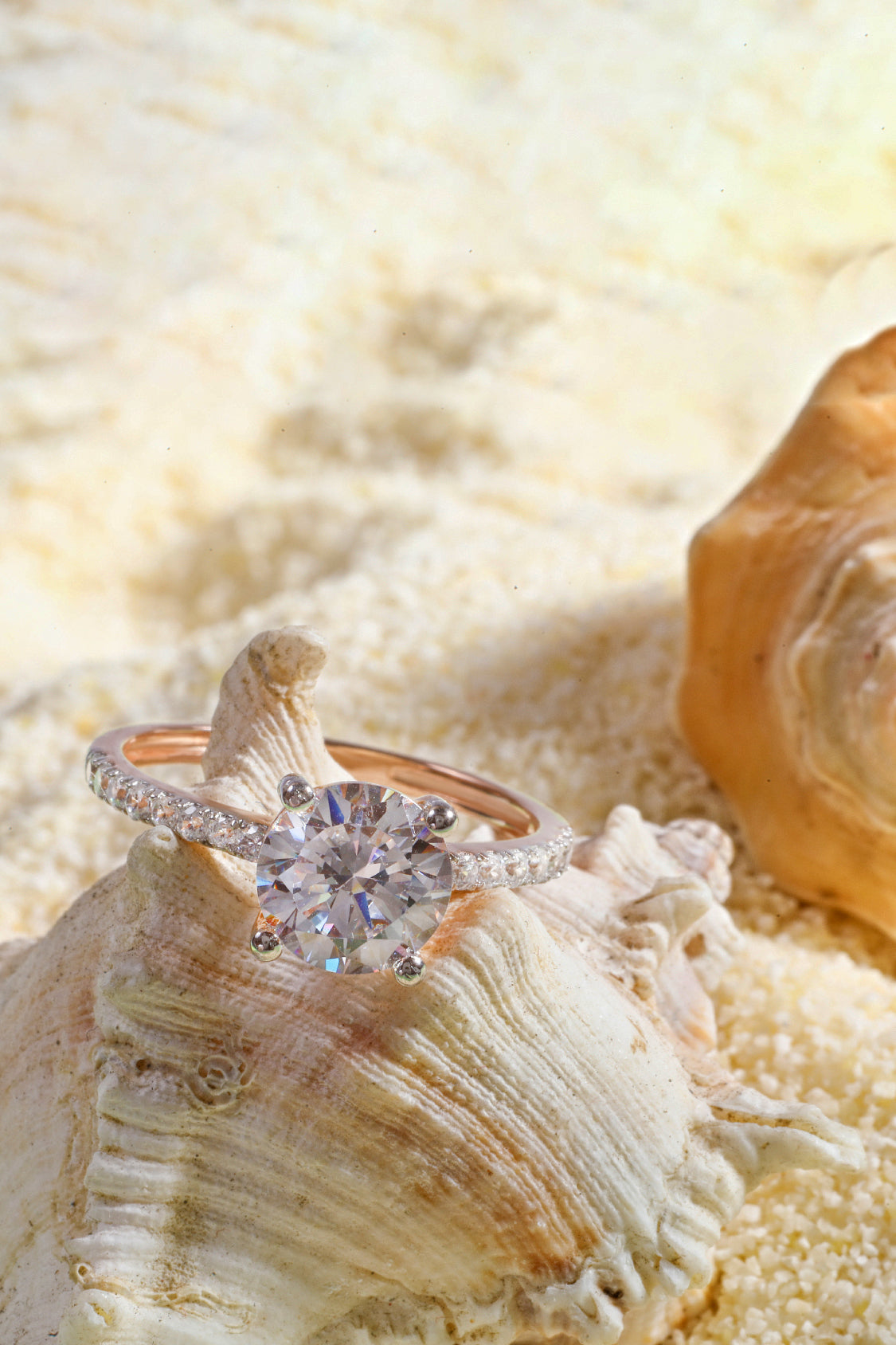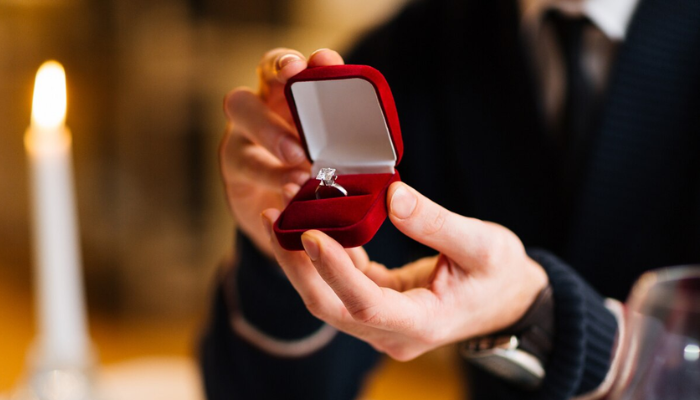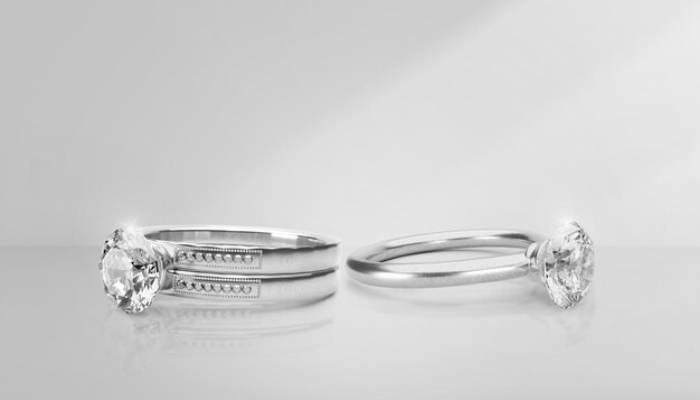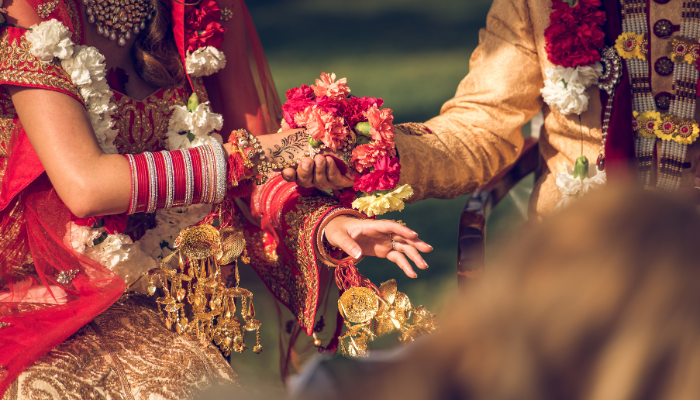
Indian Wedding Traditions, Rituals: What Changes by Region (and What Stays the Same)
Indian wedding traditions, rituals vary across regions—see what changes, what doesn’t, and why it all matters.
Planning or attending an Indian wedding? Buckle up—it’s not just a one-day affair. From the haldi ceremony to the sacred fire, Indian weddings are packed with rituals that blend emotion, spirituality, and, yes, serious choreography.
According to The Knot, 63% of Indian-American weddings follow traditional indian wedding customs with regional twists.
Whether you’re curious about why the bride's parents host the Ganesh Puja, or what the groom’s shoes have to do with flirting, you’re in the right place.
Let’s break down the hindu wedding traditions and see what stays the same—and what totally depends on your pin code.
Hindu Weddings: Core Rituals You’ll See Almost Everywhere
The Spiritual Roots of Hindu Wedding Traditions
Most hindu wedding traditions are deeply rooted in the Vedas—ancient scriptures that lay out the spiritual duties of married life. These customs aren't just symbolic—they're considered sacred acts that align the couple with divine energies and social responsibilities.
Common Threads in Hindu Wedding Ceremonies:
-
Ganesh Puja: A prayer to remove obstacles, usually performed by the bride’s parents
-
Ritual purity: From fasting to turmeric application, most rituals aim to purify the mind and body
-
Mangal Fera: The couple walks around the fire, vowing love, duty, and harmony
-
Family involvement: Elders, parents, and female family members often perform key rituals
-
Sacred vows: The seven steps (Saptapadi) are a legal and spiritual commitment in Hindu law
-
Spiritual symbols: The sacred fire, floral garlands, the application of sindoor on the bride's forehead, and mangalsutra each have religious significance
These hindu wedding ceremonies can last hours but are rich with meaning and community bonding. Whether you’re in Gujarat or Tamil Nadu, the spiritual flow remains largely the same.
Regional variations may exist in the outfits or music, but these core values remain unchanged across most hindu wedding ceremonies.
Pre-Wedding Ceremonies: What Happens Before the Big Day
Before the actual wedding ceremony, several vibrant and meaningful rituals take place. These pre-wedding ceremonies differ slightly by region, but the intent—to prepare and bless the couple—is shared across India.
1. Haldi Ceremony (Turmeric Ritual)
The haldi ceremony is one of the most emotional yet fun rituals. It usually takes place a day or two before the marriage ceremony at the wedding venue or the groom’s house. This involves anointing the bride and groom with a paste of turmeric, sandalwood, and rosewater.
-
A paste made from turmeric, rose water, and sandalwood is applied to the bride and groom by female family members, the bride’s parents, and the bridal party.
-
This ritual is thought to bring good fortune and shield the couple from negative energies.
-
It also helps cleanse and brighten the skin before the big day.
-
There’s often laughter, music, and moments where everyone ends up painted in haldi—yes, even the photographer!
-
Close wedding guests sometimes join in, especially in more intimate weddings.
2. Sangeet Ceremony (Music & Dance Night)
The sangeet ceremony is where the party begins, with the bride and groom's involvement making it a memorable event. This celebration with music and dance typically takes place before the wedding day, bringing families together for an evening of joy.
-
You’ll often see choreographed dances, comedy skits, and emotional performances.
-
It’s the perfect icebreaker between families.
-
Events are usually hosted at banquet halls, lawns, or even destination wedding venues.
-
After the dancing ends, everyone enjoys a meal, often served buffet style, featuring regional favorites.
-
This is also the moment where the indian groom might be playfully teased by the bride’s sisters—a long-loved tradition in many households.
3. Mehndi Ceremony (Henna Ritual)
Held just before the traditional Indian wedding, the mehndi ceremony is a time for beauty, bonding, and detailed henna designs. This ceremony is usually held a day before the wedding and involves applying intricate henna designs to the bride's hands and feet.
-
The indian bride sits as a professional artist applies mehndi to her hands and feet.
-
Patterns often include the groom’s initials hidden in them—he’ll be challenged to find them later!
-
Female family members and wedding party members also get mehndi, though with simpler designs.
-
The event is full of laughter, light snacks, and music.
-
It’s also a chance for the bride to relax while others handle last-minute planning.
4. Tilak Ceremony (Groom’s Blessing)
The Tilak ceremony is one of the oldest Indian wedding traditions rituals. It usually takes place at the groom’s house or a gathering space chosen by the bride’s family.
This ceremony marks the formal acceptance of the bride and groom by both families. It’s like saying, “We approve this match.”
This ritual brings the families closer. It also gives a chance for elders, like the bride’s father or bride’s maternal uncle, to bless the groom.
How it’s done:
-
A red mark (tilak) is applied to the groom’s forehead by a male member of the bride’s side.
-
Gifts like sweets, clothes, and sometimes gold jewelry are exchanged.
-
A small prayer is offered for a happy and stable hindu marriage.
-
Some families hire a wedding planner to manage the event, especially for destination weddings.
You’ll often see this tradition in hindu weddings, no matter the region. It might be big or small, but it carries strong emotional value.
5. Other Region-Specific Traditions
India is a large country. So naturally, not all Indian weddings look the same. But that’s what makes them exciting!
Let’s look at some popular Indian wedding traditions that change based on where the couple is from.
In North India:
-
A fun tradition is hiding the groom’s shoes during the wedding procession. The bride’s sisters ask for money to return them, making it a playful and significant part of the ceremony.
-
The sacred fire and wedding altar are set up outdoors, often in front of hundreds of wedding guests.
In South India:
-
The bride wears a traditional red sari or gold-toned silk, depending on the community.
-
The groom may perform a groom walk with the wedding party to the mandap.
-
The sacred necklace tied around the bride’s neck is a big deal—it shows she’s a married woman now.
In East India:
-
The bride's head is adorned with a special veil, signifying her transition into marriage.
-
The couple often circles the holy fire while holding hands.
-
Close family members prepare traditional sweets for the reception feast.
In West India:
-
There’s sometimes a ritual involving the bride and the groom pretending to compete in games.
-
The wedding venue is decorated with flowers and banana leaves.
-
Meals are usually served buffet style, with flavors unique to the region.
The Wedding Day: What the Bride and Groom Must Do
The wedding day in an Indian wedding is filled with rich symbolism, vibrant traditions, and must-do rituals for both the bride and groom. Each step reflects sacred meanings rooted in Indian culture and hindu wedding ceremonies.
1. The Bride’s Grand Entrance
The indian bride usually enters the wedding venue in a beautiful way. It’s a big moment that everyone waits for.
It shows that the bride is ready to begin a new life. People stand up, music plays, and eyes are all on her. Some brides walk with their brothers. Others are brought in under a floral canopy.
How it’s done:
-
The bride's family often leads the entrance, sometimes with dancers or music, showcasing their significant role in the ceremony.
-
The bride wears a traditional Indian wedding outfit, like a red lehenga or sari, with gold jewelry.
-
Her bride’s forehead may have sindoor (red powder), and a sacred necklace is tied later during the ceremony.
-
The moment is emotional. Many moms cry. And yes, it’s totally okay to tear up too!
2. When the Groom Arrives: The Baraat
The groom doesn’t just show up quietly—he makes a grand entrance called the baraat. It’s one of the most fun parts of Hindu weddings. During the baraat, the groom arrives at the wedding venue accompanied by his family and friends, often on a decorated horse.
It’s a party! It shows the groom’s joy and excitement to marry. The groom’s side of the family shows up dancing, playing music, and celebrating together.
How it’s done:
-
The groom arrives on a horse, car, or even a decorated scooter in some cities.
-
Friends and groom’s family dance in front during the groom walk or groom’s procession.
-
Drummers, music systems, and even DJs are sometimes hired.
-
The bride and the groom meet after the procession for a garland exchange.
Key Wedding Rituals During the Ceremony
1. Sacred Fire (Agni) Is Lit
In most Hindu wedding ceremonies, the couple sits in front of a sacred fire called Agni. The fire is not just for show. It’s believed to be a witness to the wedding.
In hindu wedding rituals, fire is seen as pure and powerful. When the couple circles the fire, they make seven promises to each other. These are about love, honesty, family, and care. During the pheras, the bride and groom walk around the lit fire four to seven times while taking their vows.
How it’s done:
-
A hindu priest chants mantras while lighting the fire.
-
The couple walks around it seven times. This is called Saptapadi.
-
Some families add rice or herbs to the fire as offerings.
-
This moment often feels very sacred and emotional for the bride’s parents and other family members.
2. Garland Exchange (Jaimala)
After the groom arrives and the wedding procession is done, the bride walks in. Then, the bride and groom exchange floral garlands. This ceremony, known as Jai Mala, symbolizes the acceptance of each other into their lives before the wedding ceremony officially begins.
This shows that both agree to marry. It’s one of the first things the couple does together on the wedding day.
How it’s done:
-
The bride puts a garland on the groom’s neck.
-
Then he does the same for her.
-
Guests cheer and sometimes toss flower petals.
-
This is a fun, light moment after emotional prayers.
3. Groom Ties the Mangalsutra
The groom ties a special necklace around the bride's neck, known as the mangalsutra. This adornment signifies her new status as a married woman and symbolizes her bond with the groom.
This is one of the most emotional moments in many Indian wedding traditions. It’s not just jewelry. It’s a lifelong sign of marriage in Hindu culture.
How it’s done:
-
The hindu priest gives the mangalsutra to the groom.
-
He ties it with the help of elders or female family members.
-
The bride is also gifted bangles or gold jewelry.
-
The couple then receives blessings from all the elders.
4. Saptapadi: The Seven Sacred Steps
Saptapadi means “seven steps.” The bride and groom walk around the sacred fire seven times. Each step is a vow they take together.
In many hindu wedding rituals, this step is considered the real start of married life. Each vow touches on something key—food, health, respect, children, friendship, love, and trust.
How it’s done:
-
The hindu priest leads this part with chants in Sanskrit.
-
The bride and the groom walk in a circle, right foot first, often with their garments tied together.
-
Family members, especially the bride’s parents, watch closely—some tear up, and others smile with pride.
-
Once they complete all seven steps, they are officially married by Hindu law.
Quick Tip: These steps may sound formal, but they’re full of personal emotion. Many couples later say this was their favorite moment of the day.
5. Blessings and Kanyadaan
Kanyadaan means “giving away the daughter.” The bride’s father (or sometimes both parents) places her hand into the groom’s as a formal blessing and transfer of care.
This is one of the most emotional moments in all Indian wedding traditions. It shows trust. It shows love. And it marks a huge transition for the bride and her family.
How it’s done:
-
The bride’s parents pour holy water over their daughter’s hands as they pass it to the groom.
-
The hindu priest explains the meaning to the couple and guests.
-
Blessings are then given by elders, including female family members.
-
Often, everyone prays together for the couple’s future married life.
Real moment: At many weddings, the room is quiet during Kanyadaan. Even people who don’t cry usually wipe their eyes.
Who’s Involved: Family, Wedding Party, and Community Roles
In Indian wedding traditions rituals, everyone has a role to play. It's never just about the bride and groom. These ceremonies are a full family and community affair—packed with love, laughter, and a bit of chaos (the good kind).
Understanding who does what will help you enjoy the event more—and avoid stepping on any auntie’s toes!
Here’s how family, friends, and neighbors come together to make hindu weddings unforgettable:
-
Bride’s Parents: They lead many rituals, like Ganesh Puja and Kanyadaan. They also greet the groom’s family at the entrance of the wedding venue.
-
Groom’s Family: They arrive in a wedding procession called the baraat. It's loud, fun, and full of music.
-
Female Family Members: They apply turmeric during the haldi ceremony, guide the bride, and perform key wedding rituals.
-
Wedding Party Members: These are cousins, friends, and siblings who help with everything—from managing outfits to coordinating the sangeet ceremony.
-
Community Elders: They give blessings, share advice, and often lead prayers.
-
Guests: The wedding guests don’t just watch—they dance, eat, cheer, and bless the newly married couple.
Indian Wedding Attire: Traditional Dress Across Regions
Indian wedding attire is a vibrant display of colors, fabrics, and intricate designs, reflecting regional traditions and cultural heritage.
-
For the Indian bride, selecting her attire is a crucial part of wedding preparations. She typically wears a lehenga, sari, or salwar kameez, adorned with elaborate embroidery and ornaments that mirror her family's cultural roots.
-
In southern India, brides often choose the traditional Kanjeevaram sari, known for its rich silk and gold thread work, symbolizing heritage and prosperity.
-
In contrast, northern brides might opt for an embroidered lehenga, a three-piece ensemble with a skirt, blouse, and dupatta, often in shades of red to symbolize prosperity and marital bliss, embellished with zari and sequins.
-
The groom’s attire is equally significant and varies by region. In many Hindu weddings, the groom wears a sherwani, a long coat-like garment, often paired with a churidar or dhoti. The sherwani is usually in shades that complement the bride’s outfit, creating a harmonious visual appeal.
-
In some regions, the groom might wear a kurta with a dhoti, reflecting traditional attire that has been worn for generations.
The bride and groom’s attire is not just about aesthetics; it is a reflection of their cultural identity and the rich tapestry of Indian wedding traditions.
The traditional red sari or lehenga for the bride and the matching sherwani or kurta for the groom symbolize their unity and the beginning of their journey together.
Post-Ceremony Traditions and the Start of Married Life
After the indian wedding ceremony, the celebrations continue with emotional rituals and joyful receptions that mark the beginning of the couple’s married life. These vary by region but follow a shared cultural essence.
1. Bidaai: The Emotional Send-Off
Bidaai is when the bride and groom leave the wedding venue. The bride says goodbye to her family and heads to her new home with the groom. This emotional farewell marks the bride's transition as she leaves her family to start her new life with her husband.
It’s emotional—especially for the bride’s parents. It shows that the bride is now ready to start her life in a new family.
How it’s done:
-
The bride hugs her parents, siblings, and friends.
-
She may throw rice over her head, symbolizing gratitude.
-
Some families read blessings or sing traditional songs.
-
Tears are normal. So is smiling through them.
This is one of the most heart-touching wedding traditions in India.
2. Griha Pravesh: Entering the Groom’s Home
Griha Pravesh means “entering the home.” It’s the first time the bride walks into the groom's house as a married woman, symbolizing the blending of two families and the start of a new chapter in their lives together.
This marks the beginning of the couple’s new life together. The bride is welcomed as a blessing and a new family member.
How it’s done:
-
The groom’s family performs a small ritual at the door.
-
The bride kicks over a pot of rice, showing prosperity has entered the home.
-
She may step into red-colored water before walking in.
-
Blessings are given for happiness, health, and peace. The Aashirwad ceremony, where elders bless the couple, often follows this ritual, wishing them a happy life together.
In some homes, there’s a short game or challenge—like finding a ring in a bowl of milk—which adds laughter to the moment.
3. Reception & Wedding Feast
Once the wedding is complete, the fun doesn’t end. Most Indian wedding traditions rituals include a grand reception feast. It’s a big party hosted by the groom’s family. The bride and groom usually make a grand entrance and greet their guests, marking the start of the celebration.
It’s a big party hosted by the groom’s family. This isn’t about rituals—it’s about celebration. It usually happens the evening after the wedding, sometimes even weeks later depending on the region.
Why it’s important:
-
It welcomes the indian bride into her new family and friend circle.
-
Guests who couldn’t attend the wedding can still join in the happiness.
-
It helps kick off the couple’s married life with good food, dancing, and laughter.
What to expect:
-
A lavish buffet-style dinner, often featuring regional dishes.
-
The couple stands on stage greeting guests, sometimes in matching outfits.
-
Speeches, music, and even choreographed dances by wedding party members.
-
These wedding festivities reflect the joy and unity of the two families.
4. Fun Post-Wedding Games and Traditions
Every culture loves a bit of fun—and Indian wedding traditions are no exception. After the main events, many families include wedding celebrations that involve lighthearted games between the couple and families.
What kind of games:
-
The “ring-finding” game: a ring is dropped in milk or water, and either the bride or groom has to find it first.
-
Shoe hiding: the bride's sisters steal the groom's shoes during the ceremony and demand a ransom for their return, adding a playful and humorous element to the festivities.
-
Pillow fights or quiz rounds: In some homes, couples answer silly questions to see who “knows who better.”
Why it’s important: These games help break the ice between two families. They also help the newly married couple ease into their new bond with laughter. And for younger guests and cousins, they’re often the highlight of the event.
Regional Differences: North vs. South vs. East vs. West India
| Aspect | North India | South India | East India | West India |
|---|---|---|---|---|
| Wedding Attire | Bride wears red lehenga; groom wears sherwani and turban | Bride wears gold-toned or red silk sari; groom wears traditional dhoti/veshti | Bride wears red or pink benarasi sari; groom wears kurta with dhoti or trousers | Bride may wear colorful lehengas; groom often in sherwani or kurta |
| Entry Traditions | Groom arrives in baraat (procession) on horse or car | Groom enters with family blessings and nadaswaram music | Groom’s entry is simple; rituals begin quickly | Groom may be welcomed with aarti and flower garland |
| Sacred Ritual Focus | Heavy use of fire rituals and mandap | Important use of mangalya dharanam and kashi yatra drama | Includes Saat Paak (seven rounds), often with a priest-led chant | Mix of fire rituals and unique cultural symbols like coconut and betel leaves |
| Post-Wedding Customs | Fun games like shoe-stealing, ring-finding, and dancing | Ritualistic home entry with coconut-breaking and arthi | Bride enters groom’s home with feet in milk mixed with alta | Couple plays games like “find the ring” in milk bowl |
| Food Style | Mostly served buffet style with North Indian dishes like paneer, naan, gulab jamun | Banana leaf meals or plated South Indian thalis | Rice, fish curry, sweets like rosogolla; sometimes served on banana leaves | Regional favorites like dhokla, dal baati churma, and buffet setups |
Fixed Customs That Rarely Change Across Regions
-
Choosing the Wedding Date with Astrology: In most Indian families, the wedding date isn’t just picked randomly. It’s chosen by a hindu priest using astrology. This custom is followed across nearly every region. The stars, moon, and birth charts of the bride and groom are checked to find a “shubh muhurat”—a lucky time to get married.
-
Sacred Fire and Wedding Altar (Mandap): The sacred fire, also called Agni, sits in the center of the wedding altar or mandap. The bride and the groom walk around it seven times while making promises. This ritual is one of the most meaningful parts of hindu wedding rituals.
-
Kanyadaan: The Sacred Giving Away of the Bride: Kanyadaan is the moment when the bride’s father, an essential figure in the ceremony, offers his daughter’s hand to the groom. It shows trust and love. It’s an emotional moment for the entire bride’s family, and it’s followed by prayers and blessings.
-
Symbolic Use of Vermilion and Mangal Sutra: After the vows, the groom applies vermilion (red powder) to the bride’s forehead and ties the mangal sutra, a sacred necklace, around the bride's neck. These symbols show that she is now a married woman—a tradition that is the same in almost all wedding celebrations.
Featured Recommendation: Jewelry That Honors Tradition - Varniya
Varniya offers a stunning collection of lab-grown diamond jewelry that beautifully complements Indian wedding traditions and rituals. Their pieces blend modern elegance with cultural significance, making them ideal for various wedding events.
Recommended Varniya Pieces for Different Wedding Events:
To ensure your wedding planning covers all aspects without exceeding budget, check out our Best Tips for Wedding Budget Planning in 2025.
-
Engagement Ceremony:
-
4 Prong Classic Grace Round Brilliant Solitaire Pavé Ring – A timeless choice symbolizing commitment.
-
Valentina Ring with a Round Solitaire – Elegant and perfect for the proposal moment.
-
Mehndi & Sangeet:
-
Solitaire Stud Earrings – Simple yet sparkling, ideal for lively pre-wedding functions.
-
Diamond Stud Earrings – Add a touch of glamour to festive outfits.
-
Wedding Ceremony:
-
Aurora Triple Pavé Ring with a Round Solitaire – A statement piece for the big day.
-
Esperanza Dual-tone Ring with a Round Value Solitaire – Combines tradition with contemporary design.
-
Reception:
-
Classic Gold Solitaire Rings – Sophisticated and versatile for post-wedding celebrations.
-
Halo Rings – Eye-catching designs that shine during evening events.
Explore Varniya's full collection here: Varniya Collections.
To personalize your jewelry choices, book a consultation with Varniya's experts: Book a Consultation.
Embrace the blend of tradition and modernity with Varniya's exquisite jewelry, perfect for every moment of your wedding journey. Explore our customizable options, ideal for unique expressions of love and celebration.
FAQs: Quick Answers to What You Always Wondered
1. Why does the groom steal shoes happen?
-
It’s a fun part of many Indian wedding traditions rituals. When the groom removes his shoes before stepping into the mandap (wedding altar), the bride’s sisters and cousins try to steal them. It turns into a playful game, where the groom’s friends protect the shoes.
-
Later, the groom has to “buy” them back—usually with cash or gifts. This is done just for laughs and helps break the ice between both the bride and groom’s families.
2. Who chooses the wedding date?
-
In most Hindu weddings, the wedding date is selected based on astrology. A family priest checks horoscopes of the couple to find a lucky day and time, called the muhurat.
-
In many homes, this task is led by the bride’s father or even the maternal uncle’s ceremony traditions, especially in South India.
3. Why do weddings revolve around fire rituals?
-
The sacred fire, or Agni, is central to Hindu wedding ceremonies. The couple takes seven steps around the fire, known as Saptapadi, making promises for their new life.
-
Even if there are two Indian weddings in the same family, this fire ritual stays the same—it symbolizes purity, unity, and a bond before the gods.
No matter where you're from, Indian wedding traditions rituals connect families through love, culture, and faith. While the outfits, music, and food may change by region, the heart of these rituals remains the same. From the sacred fire to the emotional kanyadaan, each moment carries deep meaning. Whether you're planning or attending, knowing these traditions makes the experience even more special.


